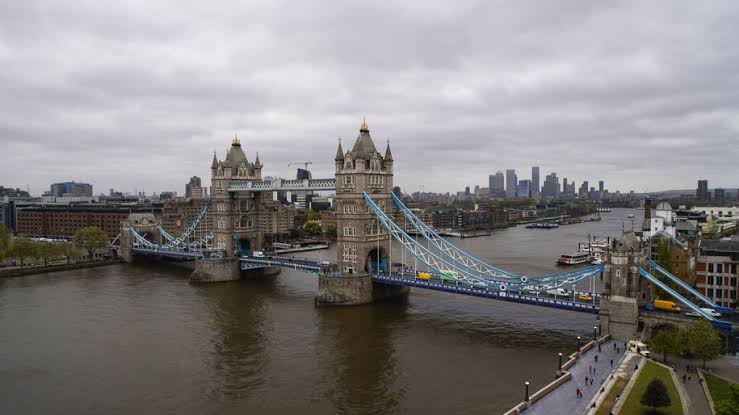A British cycle apparel company reports a £14 million deficit, plunging into the red.
British Cycle Apparel Company Faces £14 Million Deficit, Struggling to Stay in the Black
A renowned British cycle apparel company has found itself in financial turmoil, reporting a significant £14 million deficit, which has pushed it deeply into the red. This alarming report, which surfaced last week, marks a stark turnaround for a company that has long been considered a key player in the UK’s cycling apparel industry. The deficit has raised concerns about its future, with industry experts speculating on the causes behind the company’s financial struggles and the possible consequences for its employees, suppliers, and loyal customer base.
Financial Challenges
The £14 million deficit is the result of a combination of factors that have put the company in a precarious financial position. For years, the business had benefited from a robust demand for cycling apparel, driven by the growing popularity of cycling as both a recreational activity and a sustainable mode of transport. However, recent reports indicate that the company has faced several challenges, including rising production costs, supply chain disruptions, and a decline in consumer spending.
The company’s annual report reveals a significant drop in sales, with some key markets showing flat growth or, in some cases, contraction. As the cost of raw materials, such as technical fabrics and high-quality performance gear, has risen, the company has struggled to absorb these price hikes. The inflationary pressures have also been compounded by supply chain bottlenecks, which have led to delays in production and increased shipping costs.
In addition, the company’s failure to adapt quickly enough to changing consumer preferences is another factor that has contributed to its financial woes. While cycling continues to enjoy strong support in urban areas, there has been a noticeable shift in consumer interest toward more affordable, mass-market brands. These competing brands have managed to offer lower-priced alternatives, putting pressure on the more premium apparel company to either cut prices or compromise on product quality to maintain market share. As a result, the company’s margins have been squeezed, and its once-loyal customers are increasingly turning to more budget-conscious options.
Strategic Missteps
Beyond external market pressures, the company’s internal strategic decisions have also come under scrutiny. The brand had made significant investments in expanding its physical retail presence, opening flagship stores in key cities. While this strategy may have been successful during the boom years of cycling enthusiasm, it now appears to have been ill-timed. The COVID-19 pandemic accelerated the shift toward online shopping, and many brick-and-mortar stores struggled to generate foot traffic even as restrictions eased. This shift in consumer behavior has left the company with high overheads from its underperforming physical retail stores.
The company also failed to keep pace with digital innovation and the growing trend of direct-to-consumer sales. Competitors, particularly those with strong e-commerce platforms, were quicker to pivot to online channels, offering customers convenient shopping experiences and faster delivery times. This gap in the company’s digital offering has led to a decline in its market share, particularly among younger, tech-savvy consumers who expect seamless online purchasing experiences.
Employee Impact and Supply Chain Effects
The £14 million deficit is likely to have significant ramifications for the company’s workforce. Reports indicate that layoffs and restructuring are imminent, as the company looks to reduce its operating costs in order to stabilize its finances. Suppliers, too, are bracing for the potential fallout from the company’s financial troubles. The apparel business relies heavily on a network of suppliers for high-quality materials, and any disruption to payments or demand could have ripple effects throughout the industry.
Moreover, the company’s once-strong reputation in the UK cycling community has been tarnished, with some cycling clubs and retailers expressing concern over whether the brand can recover and maintain its product offerings in the long term. While the company remains a well-regarded name among avid cyclists, its inability to adapt to shifting market conditions has left many wondering if it can regain its footing.
Outlook and Possible Resolutions
Looking forward, the future of the British cycle apparel company remains uncertain. In order to turn around its fortunes, the company will need to reassess its business model. A renewed focus on e-commerce, streamlining operations, and controlling costs could help restore profitability. Additionally, forging stronger partnerships with suppliers and collaborating with influential cycling communities might allow the company to reconnect with its core customers.
The company has yet to announce a detailed recovery plan, but experts suggest that a combination of cost-cutting measures, targeted investments in technology, and a more agile response to consumer demand will be essential if it hopes to navigate the choppy waters ahead.
In conclusion, the £14 million deficit reported by the British cycle apparel company serves as a stark reminder of the volatile nature of the retail industry and the ever-changing demands of the modern consumer. While the company has a loyal customer base and a history of quality products, the next few months will be critical in determining whether it can recover from this financial setback and return to profitability.



